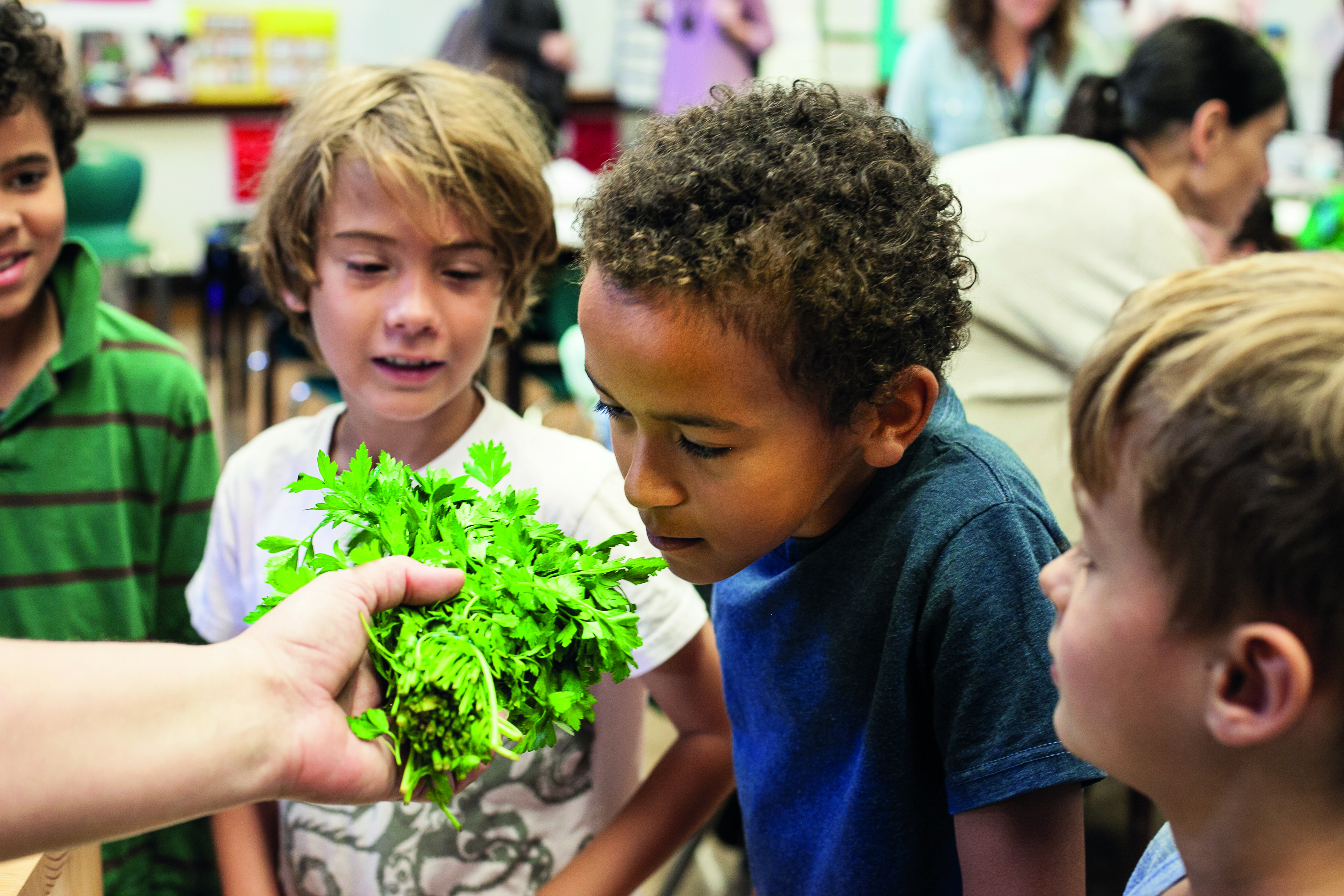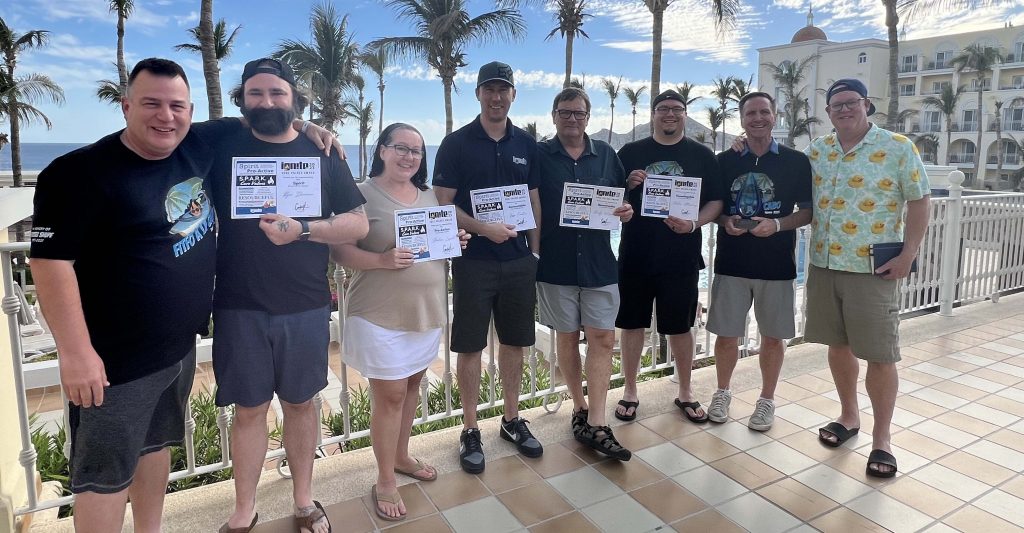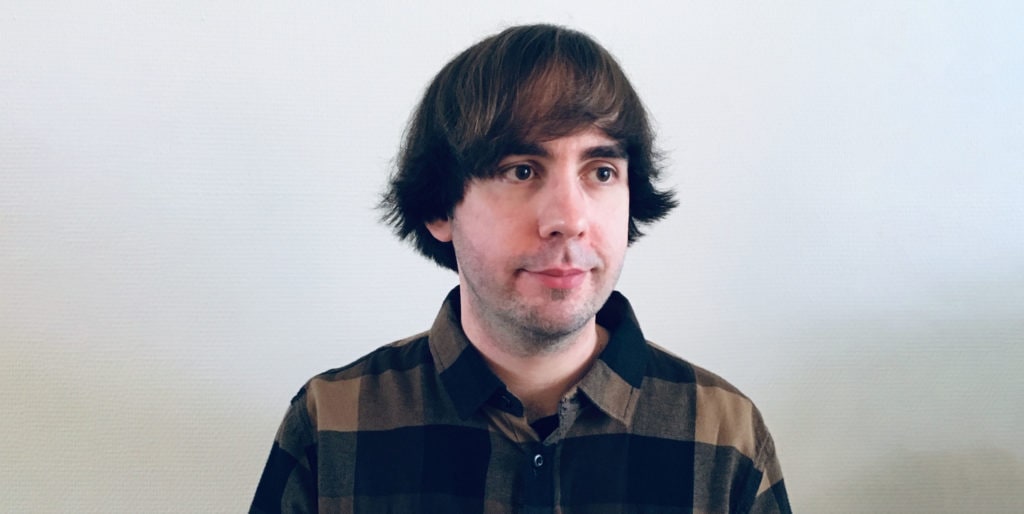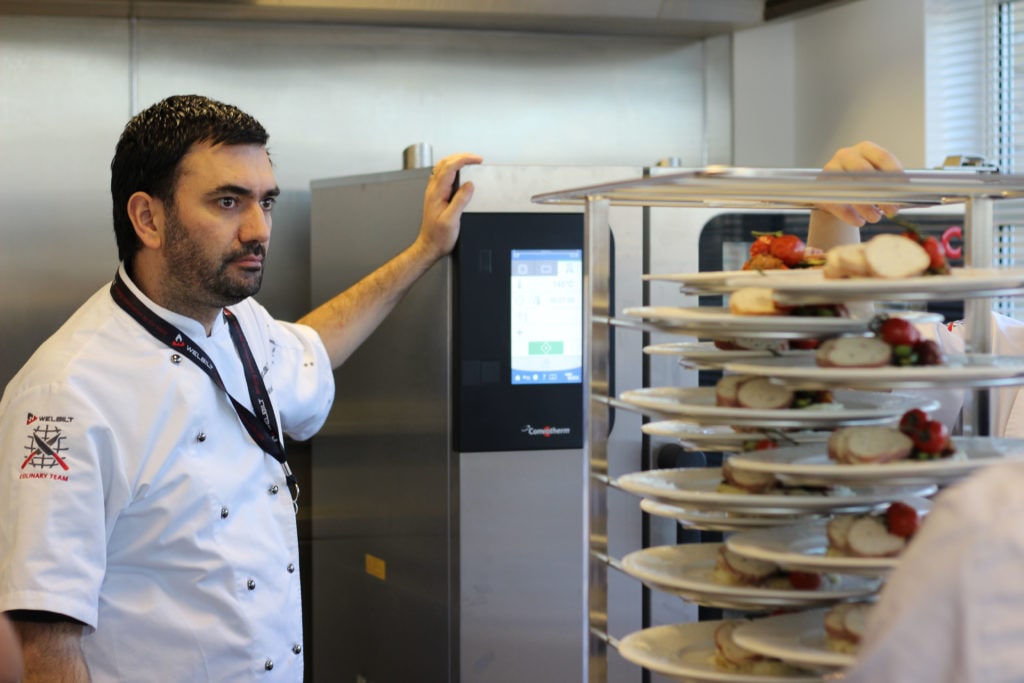
In foodservice, a pilot light ignites a larger burner. In kitchen socioeconomic-speak, the force behind the line; great things come from small packages. So is the thinking behind the Chicago-based non-profit of the same name re- shaping food education in some of Chicago’s public schools; if we can ignite students and teachers with better food education, perhaps we can cast a bigger flame of change.
Inspired by Michelle Obama’s 2010 “Chefs Move to School” campaign, which called upon community chefs to tackle the nation’s childhood obesity epidemic, Pilot Light is the creation of Chicago chefs Paul Kahan, Ryan Poli, Justin Large, Jason Hammel and Matthias Merges. The mission is simple: integrate better food education and nutrition into curricula by pairing some of the city’s top culinary talent with teachers so that kids can make healthier choices for themselves, their families and their communities.
Collaborating with teachers
According to FoodCorps.com, an educational program whose mission is to deliver healthy food education and meals to schools in need, one in three children are obese or overweight. FoodCorps also claims on their website that only 3.4 hours of nutrition education are given to students each year. Budget cuts, both nationwide and locally, plus the rising cost of food have also created pressure.
“There are pieces missing in school such as food knowledge and how to have a healthy lifestyle,” says Merges, whose original work at his kid’s school became the defacto “pilot light” for the organization in its infancy. “We need to pick up where the government is not able to focus. By taking what we do and are passionate about and sharing it with the kids and their families we have a great chance of making great citizens.”
When the founders first started the program nearly eight years ago, they were running it completely by themselves. But as the program grew they realized they had to shift strategy in order to grow.“In the beginning, chefs did the bulk of the work and our mission was to be able to reach every child, but we realized that wasn’t scalable,” says Merges.
“So we came to the conclusion that collaborating with teachers and having them become our advocates was going to be important.” In 2014, they hired executive director, Alex DeSorbo-Quinn, formalizing into a non-profit, and shifted the model to a teacher-led program. This collaboration turned into the Pilot Light Institute for Food Education.
Under the Institute, participating teachers collaborate with chefs to write a lesson plan around food and commit to 40 hours of professional development annually. They are also asked to do an advocacy project of their choosing around a collective food issue supported by the program. Popular topics have included food waste, childhood obesity and school lunches. In return, teachers are given classroom materials and paid a stipend, while also receiving support from the chefs and Pilot Light.
Participation frequency varies, says DeSorbo-Quinn. Some teachers do Pilot Light every day, but the expectation outside of four chef visits is that they are teaching at least four units around Pilot Light – about eight hours of annual instruction. “We know about a lot of programs out there that are exclusionary – they are not for every kid. We wanted to build a model for full exposure; school is the democratizing element,” says DeSorbo-Quinn.
In action, this could be teachers and students talking about the food on The Titanic for instance for a lesson unit on oceans or bringing in a chef to talk about trash fish with a live breakdown and presentation. Third-grade teacher Megan Dolan, who has participated in the program for two years, says it was hard at first to understand how the program and food could integrate into her lesson plans.Once she learned that food did work in the curriculum she began sharing notes with other teachers on activities. She was even inspired to bring in a nutritionist and do more activities in the classroom.
The path ahead
While designed for the kids, Desorbo-Quinn says the outcome of the program is split between teachers and students with the most interesting feedback from teachers centered around the relationships the students build through food as they learn about each other’s cultural backgrounds. “Teachers are bogged down by testing and different expectations. Pilot Light brings in another element that gets kids excited about learning,” says Dolan.
The program has also affected the chefs. “As one of the founders I had an ‘aha’ moment right away,” says Hammel. “It’s sometimes such a deep experience that it’s hard to explain, but when you see kids being able to connect over food and learning about things they’ve never learned before, then you see the power of food as a collaborator. Getting into the classroom is the only way to see that power.”
Today, Pilot Light currently reaches an estimated 1,500 students in 51 classrooms across 24 schools throughout Chicago, 10 of which are on the Southside servicing primarily underserved communities. And the results have been positive. According to a Pilot Light student survey, 30% more students know they can make healthier choices in their school lunchroom, 25% more students know they can make healthier choices at the grocery store and 8% more students know their food choices can impact the health of the environment. But the more impactful results are the ones you can’t necessarily measure.
“The students are very interested in chef visits, and I have had so many kids saying they want to be a chef,” says Dolan.“It has inspired them to think about lifelong goals, and encouraged them to create questions, have discussions and build relationships in the classroom.”
The organization held their inaugural food education summit last fall welcoming 30 foodservice, nutrition and education experts from across the nation to continue to classify their Standards of Food Education. They have a long-term goal of expanding the program outside of Chicago. “Other organizations are working with kids and schools, but we believe we are doing something different by working with teachers,” says Hammel.
“We are heading down a road that has never been navigated. It’s not an after-school program; the food experiences are in the school and part of the curriculum. We see that as being a different way to think about food education. There was a lot of conversation about how Pilot Light is forging the path. I do think we have a unique vision.”
Brandy Gonsoulin




